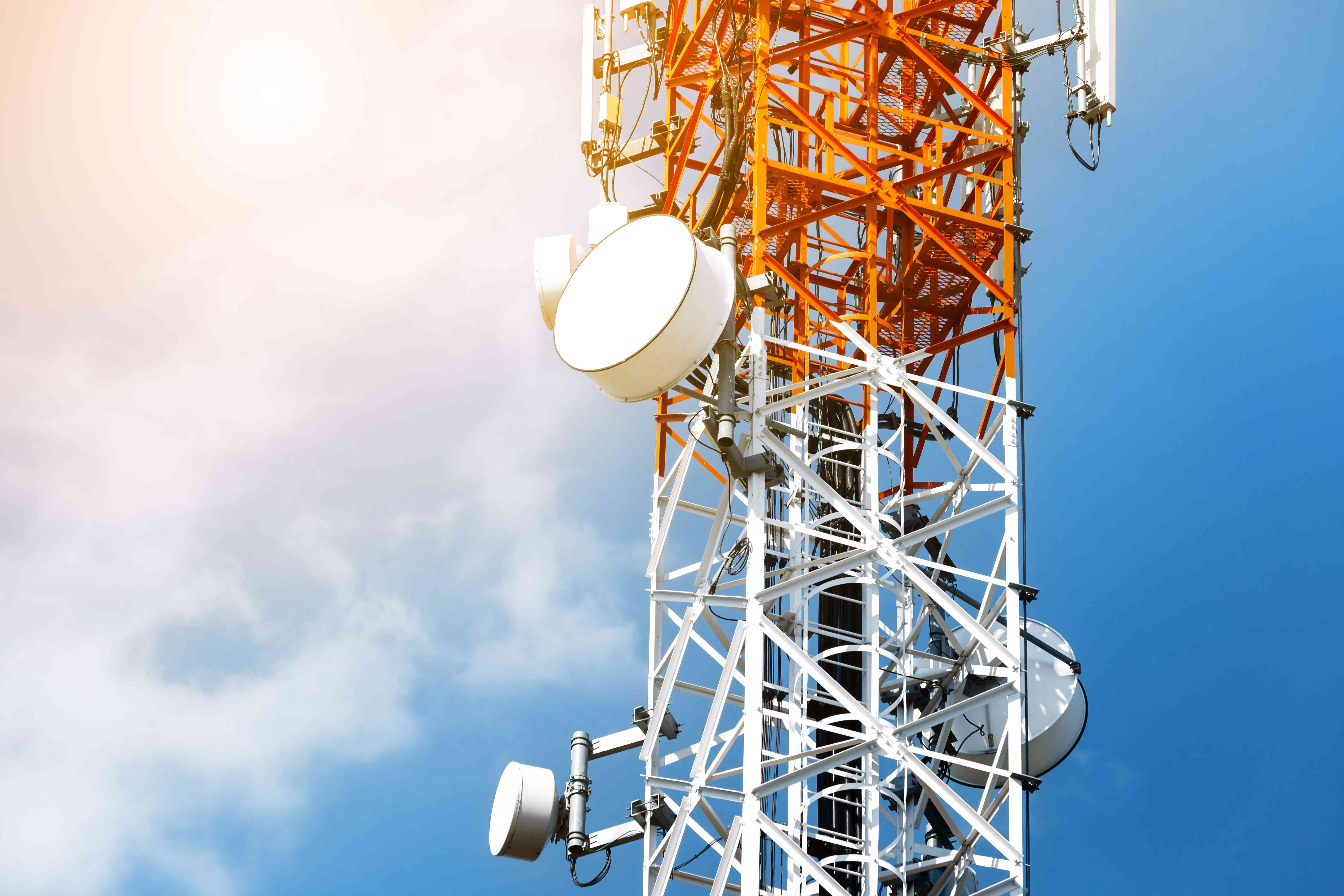
 Many consumers choose satellite broadcasting services rather than cable, and for many good reasons. One is because of its ability to deliver a multitude of channels, both in HD and digital format. This type of TV service also comes with numerous options and features comparable to, and sometimes even better than, cable services.
Many consumers choose satellite broadcasting services rather than cable, and for many good reasons. One is because of its ability to deliver a multitude of channels, both in HD and digital format. This type of TV service also comes with numerous options and features comparable to, and sometimes even better than, cable services.
For you to better understand why a lot of people choose satellite TV, it pays to know more about the technology that powers it.
Terrestrial-Like Transmissions Showing off Its Impressive Technology
At their core, satellite TV broadcasts are similar to terrestrial broadcasts. Broadcasts, sent out in the form of radio waves, first come from powerful antennas located at the uplink station. They then undergo conversion into digital data streams. Data compression then follows so that the service provider can send an extremely large amount of data.
Signal Uplink and Downlink
Singtel explains that satellite broadcasts rely on communications satellites, either geostationary or geosynchronous, which usually come in the form of the 50-watt-transmitting Medium Power Satellite (MPS). However, more technologically advanced services use Direct Broadcast Satellite (DBS), allowing them to transmit the radio waves up to 10 times of the power of MPS.
The signal the satellite receives is the uplink, while the signal it sends out to receivers is the downlink.
From the Satellites to the Receivers
From the communication satellites, the satellite receiver, usually in the form of a dish, receives the downlink. Satellite receivers have gone a long way from their early large versions, with smaller units now more prevalent. These receivers have a device connected to them, either a Low Noise Converter (LNC) or a Low Noise Block (LNB) converter, which converts the signals to lower frequencies.
The LNC or LNB converter also amplifies the converted signals before sending it to the receiver’s tuner. Before consumers can see the broadcasts in their AV form, the tuner first chooses a specific channel and translates the data it received.
The biggest advantage of satellite services is that no area is too remote to cater to, which means that even if you live in a rural location, you can still enjoy HD or digital TV.
